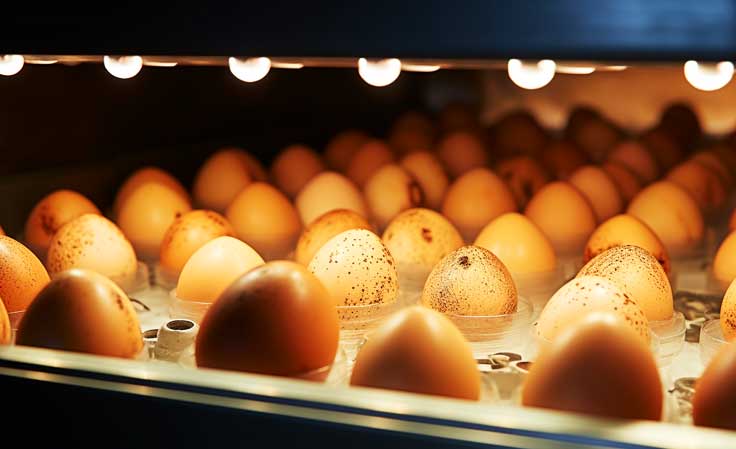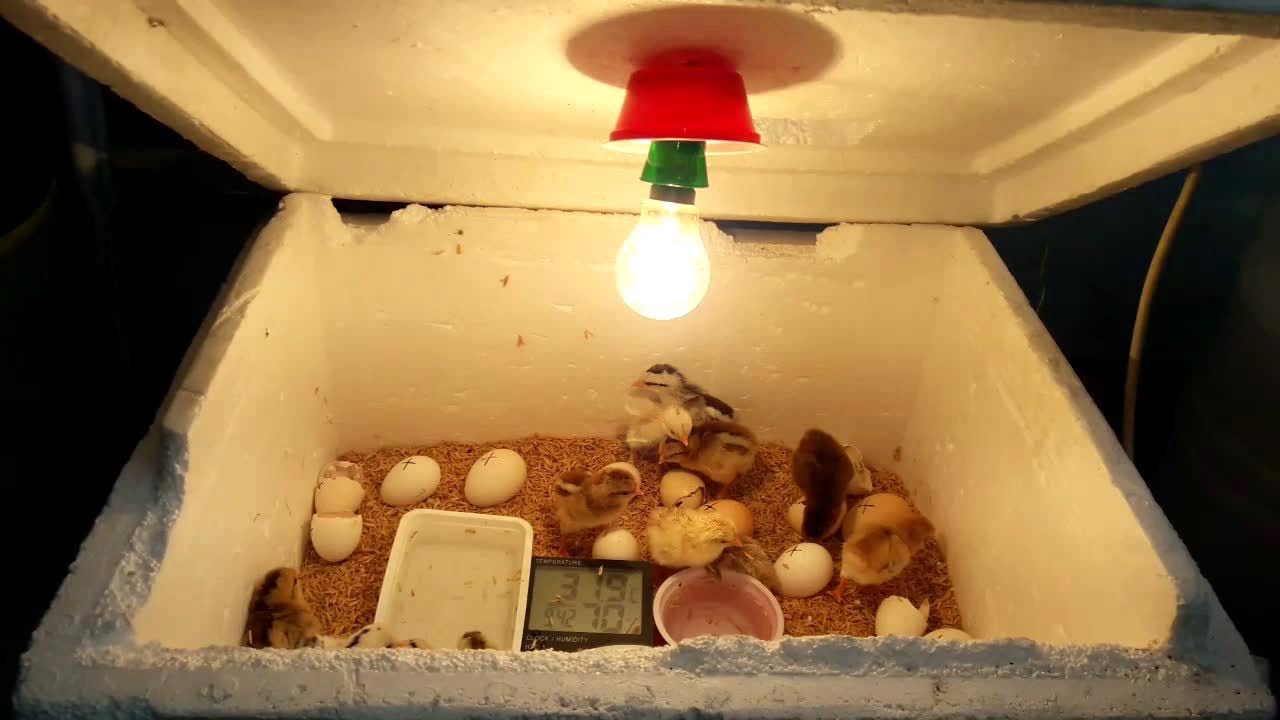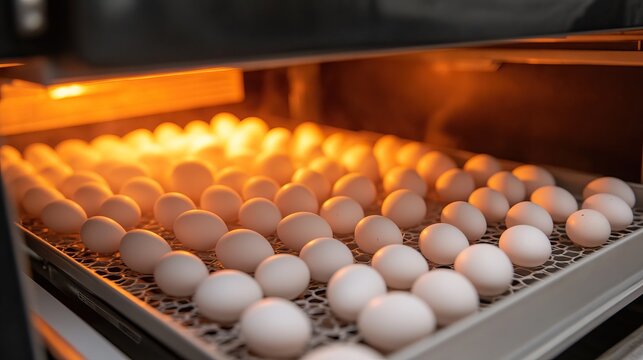For many poultry enthusiasts and farmers, hatching eggs in an incubator is both an exciting and challenging endeavor. Yet, there are times when eggs don’t hatch as expected, leading to frustration and disappointment. Understanding why eggs don’t hatch in an incubator is essential for improving success rates and ensuring healthy chicks.
There are several reasons why eggs don’t hatch in an incubator. These factors range from improper temperature and humidity levels to poor egg quality and handling. By identifying and addressing these issues, you can increase your chances of a successful hatch.

Understanding Incubation Basics
Before delving into the reasons why eggs don’t hatch, it’s important to understand the basics of incubation. The incubator mimics the natural environment a hen provides, maintaining the necessary conditions for embryo development.
Temperature Control
Temperature is crucial in the incubation process. The ideal temperature for most poultry eggs is around 99.5F. Deviations can lead to developmental issues or failure to hatch. It’s important to regularly check and calibrate the incubator’s thermostat to ensure consistent temperature. For more insights, visit ideal temperature for chicken incubator.
Humidity Levels
Humidity plays a significant role in egg hatching. It helps regulate moisture loss from the egg, which is essential for the chick’s development. Maintaining proper humidity levels, typically around 50-55% for the first 18 days and increasing to 65-70% during the last days, is vital. Learn more about this at how to maintain humidity in incubator.
Common Reasons Why Eggs Don’t Hatch
Poor Egg Quality
The quality of the eggs significantly impacts hatching success. Eggs that are too old, cracked, or dirty may not develop properly. It’s important to source eggs from healthy, well-fed hens and handle them carefully to avoid damage.
Improper Storage Before Incubation
Eggs should be stored at a stable, cool temperature before incubation. Storing them in a warm or fluctuating environment can negatively affect viability. For storage tips, see how to store eggs before incubation.
Incorrect Incubation Conditions
Aside from temperature and humidity, other factors like ventilation and egg positioning can affect hatching. Ensure the incubator has proper airflow and rotate eggs regularly to prevent the embryo from sticking to the shell.
Infertility
Sometimes, eggs are simply infertile. Its essential to test for fertility before incubating. Methods such as candling can help determine fertility. More on this can be found at how to test egg fertility before incubation.
Improving Hatch Rates
Regular Monitoring
Consistent monitoring of the incubator’s conditions can help identify and correct issues early. Use reliable thermometers and hygrometers to track temperature and humidity accurately.
Candling Eggs
Candling allows you to observe the development of the embryo. It helps identify infertile eggs and those with developmental issues. For guidance, refer to how often to candle eggs.
Adjusting Incubation Practices
Based on observations, adjust your incubation practices. This might involve tweaking temperature settings, altering humidity, or changing the frequency of egg turning.
Understanding Embryo Development
The Role of Genetics
Genetics can influence hatching success. Breeding from a diverse gene pool can improve hatch rates and produce healthier chicks.
External Conditions
Environmental factors such as room temperature and air quality can impact incubation. Ensuring a stable environment around the incubator is vital for success.
Conclusion
Understanding why eggs don’t hatch in an incubator is key to improving your hatching outcomes. By focusing on the quality of eggs, maintaining ideal incubation conditions, and regularly monitoring progress, you can enhance your success rate. Remember, each hatch provides valuable lessons that can refine your approach and increase future hatching success.

FAQ
What should I do if eggs are not hatching?
Review your incubation conditions and check for issues like temperature, humidity, and egg quality. Adjust as needed and ensure proper equipment calibration.
How can I test egg fertility before incubation?
Candling is an effective method to check for fertility. It involves shining a light through the egg to observe embryo development.
Why is temperature control crucial for hatching?
Temperature directly affects the embryo’s development. Too high or too low temperatures can prevent proper development and lead to hatching failure.
This article contains affiliate links. We may earn a commission at no extra cost to you.











